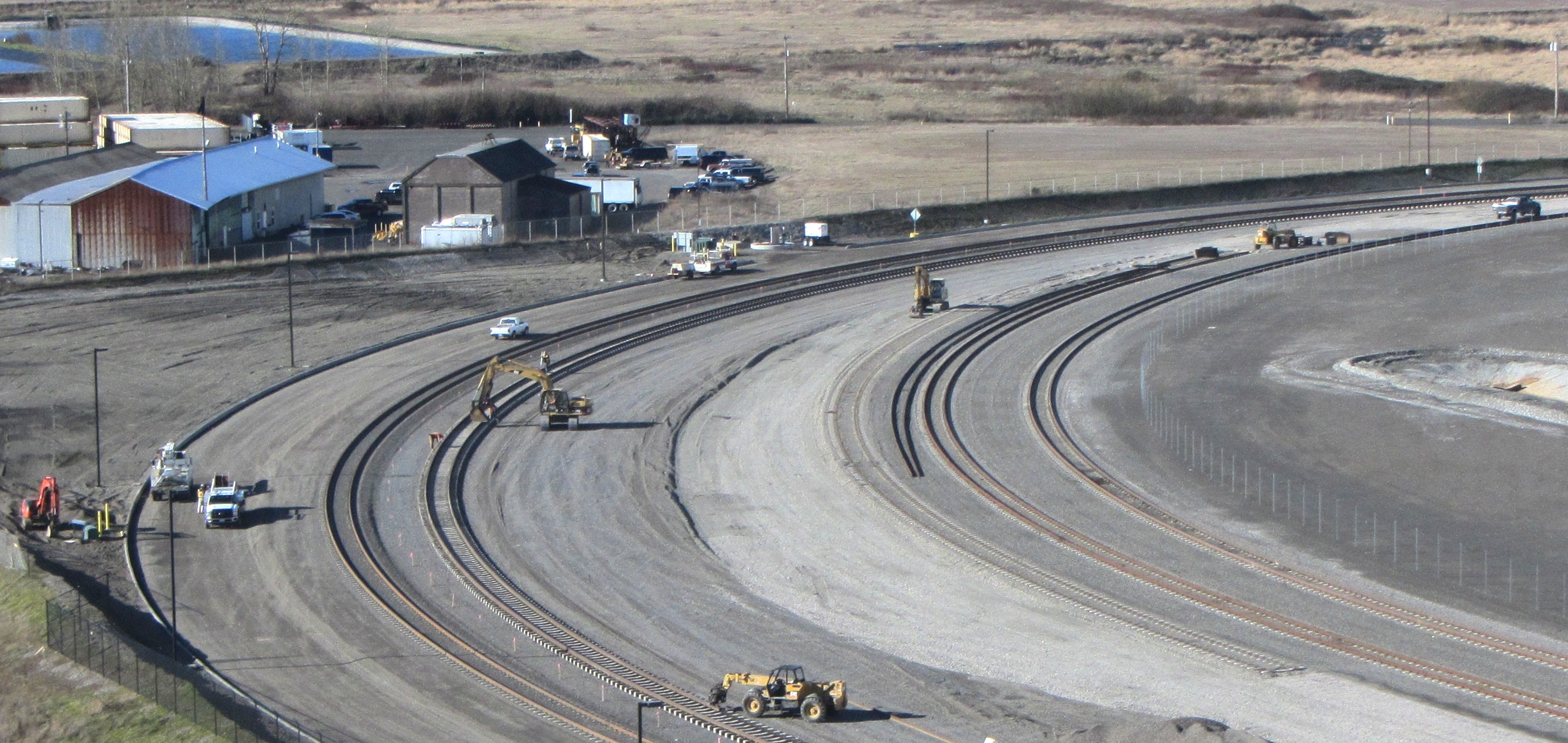The Port of Vancouver is “In the Loop”
 Over the past six months, we’ve provided you with weekly in-depth information about the Port of Vancouver’s West Vancouver Freight Access project and its smaller individual projects. Today, we’d like to share the bigger picture. What does the WVFA project connect to? And what are its impacts to the larger world?
Over the past six months, we’ve provided you with weekly in-depth information about the Port of Vancouver’s West Vancouver Freight Access project and its smaller individual projects. Today, we’d like to share the bigger picture. What does the WVFA project connect to? And what are its impacts to the larger world?
When completed, the new rail structure will join the Great Northern Corridor, which spans the northern United States between the Pacific Northwest and Chicago and reaches key southern points in Canada. The Corridor features major river crossings, the two longest tunnels in the nation, mountain passes, snow sheds, tunnels and the lowest rail crossing of the Rocky Mountains in the U.S. at 5,215 feet.
The Port of Vancouver has been supporting the rail system and its improvement for years as an early partner, with the ultimate goal of being globally recognized for promoting economic growth and environmentally sound transportation service. Today, the Great Northern includes 3,422 rail routes, and in 2009, the span moved more than 124 million tons of freight. It would take more than 4.9 million long-haul trucks to do the same, resulting in a total savings of more than six million tons in greenhouse gas emissions.
The Port of Vancouver is proud to partner with other ports and departments of transportation throughout the country to support the Great Northern Corridor, and is especially looking forward to getting “in the loop” upon completion of the WVFA project.
